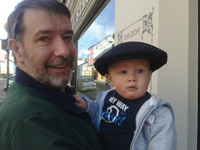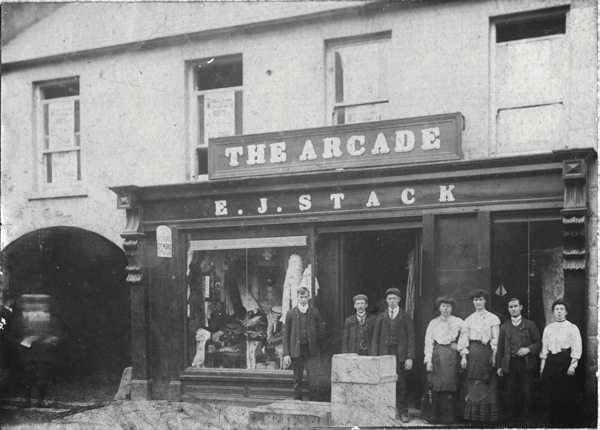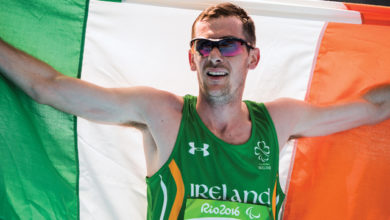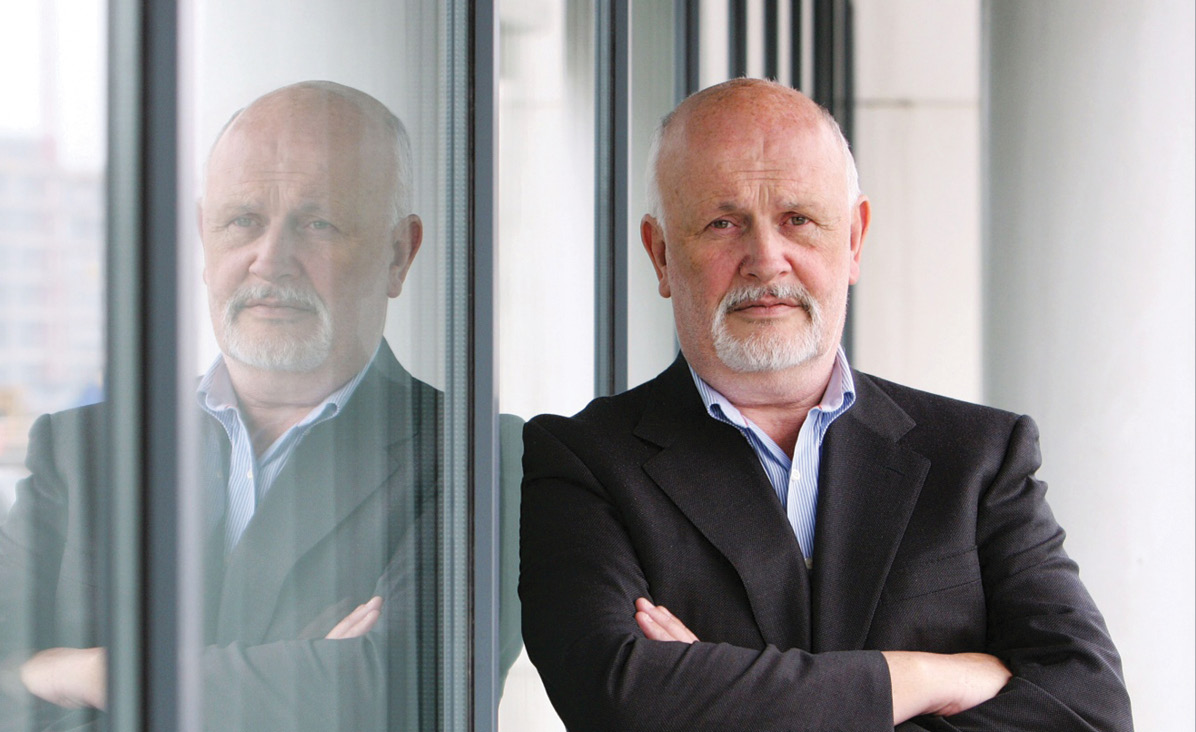The Gathering: A preview
Businesses, families and voluntary groups are putting considerable effort into The Gathering 2013 to entice visitors to Ireland. Stephen Dineen reports.
According to Damian Stack, who is organising the Stack clan gathering from 19-22 July next year, the Stacks were Normans (now claimed by some historians to have been originally Vikings) who became more Irish than the Irish themselves. After arriving at the time of Strongbow, they settled deep into Ireland, particularly Kerry. Some dispersed with the Wild Geese, others through emigration.
Stack is inviting their descendants to Ireland, offering them a chance to connect with the past. His four-day festival is one of the many community, commercial and cultural events linked with The Gathering 2013. The Government’s tourism initiative aims to bring an extra 325,000 visitors to Ireland. 6.24 million visited Ireland last year from overseas.
The Kerryman, who is the fourth (of five) generation to run a furniture shop established by his great grandfather in Listowel, has been interested in heritage for many years. His wife’s father was one of 14 children, 13 of whom emigrated. “She has actually more relatives in Australia than she has in Ireland,” Stack tells eolas.
In 1992, some of his wife’s relatives visited Ireland. “I remember one day taking one of the Australian visitors up to where their grandfather came from. I made them walk down the mile from the house to the town and they said: ‘Why?’” he recalls.
“I said: ‘I want you to walk the same footprints basically as your grandfather,’ to give them a better sense of belonging. That was the first time I had really observed their longing for roots and it struck a note with me.”
Stack got involved with a group called ‘North Kerry Reaching Out’ last year. The voluntary group aims to help people with north Kerry connections trace their roots and invites people to the area for a ‘week of welcomes’ each year. Last August, four Americans visited, two from Ohio and two from Massachusetts. When The Gathering was mooted as a national initiative, Stack decided that if he could “do it for strangers, Americans that I don’t know,” then he could organise a gathering for Stacks. He expects to welcome 200-300 Irish Stacks and about 200 people from overseas. Sixty-five bed nights in Listowel have already been booked.
Among his plans for the four days is a tree-planting ceremony. “We could plant trees, put a plaque on it, and then maybe in 30 years’ time,” he explains, “[people] can come to Listowel and see a tree that was planted by their grandfather in 2013 in honour of the people. So you’re actually perpetuating the links again.”
The festival will also feature a turf-cutting exhibition on Stacks Mountain. Visits to Kilflynn (formerly known as Stackstown) and a townland connected with the name called Crotta are also planned. Two local famine graveyards “where there could be Stacks buried [in] unnamed graves” are earmarked for visits. A local pub will host a night of entertainment.
Stack is also hoping to get a parchment owned by a French family brought to Listowel for his gathering. Dating back to 1766, it shows the lineage of Stacks as far back as 1450 and a man named Sir Richard Stack from Errimore, County Kerry.
As well as connecting people with their past, the Kerryman realises the economic benefits of The Gathering. “Anything that brings money into the country is good. There’s enough of it leaving the country,” he states.
For Jane Magnier, co-owner of Abbey Tours, an incoming tour operator involved with organising The Gathering events such as the Cork Choral Festival on 1-5 May and the New Year’s Eve programme, the initiative has been “a very good marketing tool for Ireland because it gives us a very good reason to knock on doors and visit our partners with something new and refreshing.”
 The Managing Director believes that the programme has revived the country’s appeal. “I think it’s really got Ireland back into people’s minds,” she says. The era when people “found their country of choice on the internet” was a total failure for Ireland, resulting in lost tourism momentum.
The Managing Director believes that the programme has revived the country’s appeal. “I think it’s really got Ireland back into people’s minds,” she says. The era when people “found their country of choice on the internet” was a total failure for Ireland, resulting in lost tourism momentum.
“I think the pricing structure that was Ireland in the Celtic Tiger years put people off; it put Ireland out of their brochures,” Magnier explains.
Magnier’s only complaint is that the initiative should have been launched earlier or else deferred to 2014. “The only criticism I would have is that maybe there’s an underestimation of what it takes to get these concepts marketed and turned into real business.”
The tour operator points to the success of the US Naval Academy versus University of Notre Dame American football game in Dublin in September. The first game of the 2012-2013 US college football season was a showcase for The Gathering and attracted approximately 35,000 American visitors.
“It’s not a co-incidence that it was a success because it was three years in the pipeline,” says Magnier. Tour programmes were put together within six months of the first meeting about it and “people could start to book and make commitments.”
Stack believes that one way for event organisers to ensure a good turnout out is to co-ordinate events with others happening in an area. For organisers, timing gatherings around existing festivals will “save them trying to organise more stuff themselves, because it’s very hard to keep people occupied while they’re here.”
For the initiative to succeed, says Magnier, stakeholders must “make sure that when people arrive at hotels, they’re met with a smile by a receptionist.”
Stack agrees. “Let us be as pleasant as we normally were and bring that little bit of Irish friendliness that was lost for a while but it’s coming back.” He adds: “I think positivity for the whole thing is the answer.”
He points out that the two people from Ohio who visited north Kerry in August returned in October with two or three friends: “You set the seed and you have them hooked.”
Gathering in numbers:
70 million claim Irish ancestry
€5m: 2012 budget to promote The Gathering
Targets:
325,000 extra visitors
€200m extra spend





